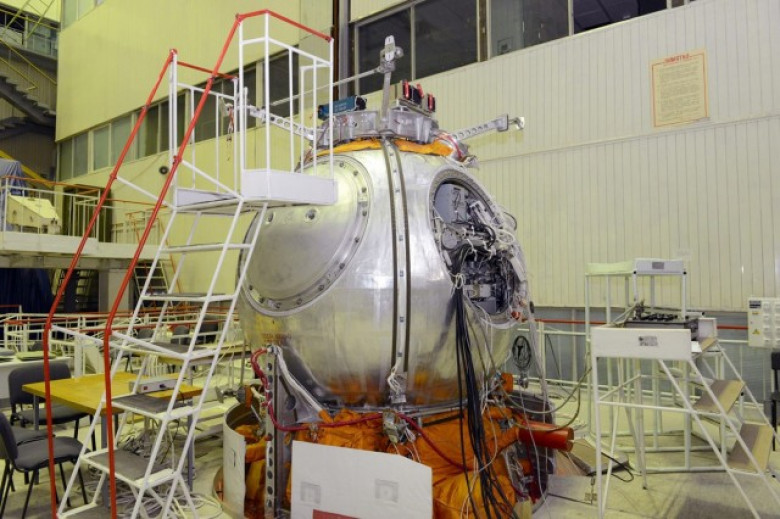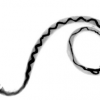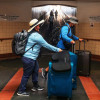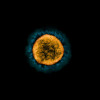Russian spacecraft returns to Earth with most of its furry crew dead
A Russian spacecraft containing 45 mice, 8 gerbils, and 15 newts returned to Earth on Sunday. The spacecraft, a modified Bion-M life sciences satellite, was launched in April 2013 and was intended to study the biological effects of long-term weightlessness. However, due to a combination of equipment failure and what scientists referred to as "the stresses of space," fewer than half the mice (and none of the gerbils) remained alive after their month in space. The newts were fine, though.
The low survival rate among rodents "was to be expected," according to Vladimir Sychov, deputy director of the Institute of Medical and Biological Problems, the agency conducting the experiment. The Bion-M satellite was equipped with internal cameras so that scientists could visually monitor the animals during flight, which orbited at an altitude of about 357 miles (575 km). This is far higher than the International Space Station's orbit of 250 miles (410 km).










































































